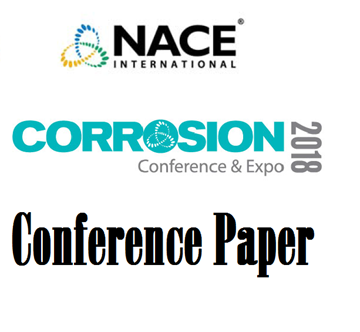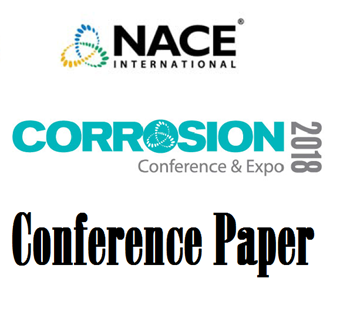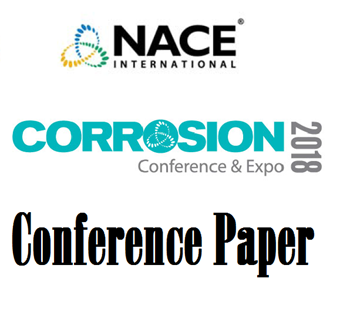Search
51318-10674-A New and Novel Abiotic-Biotic Foulant Sensor for Aqueous Systems
Also Purchased
51318-10671-The effective use of epoxy insulative coatings in the Oil & Gas industry
Product Number:
51318-10671-SG
Publication Date:
2018
$20.00
51318-10672-Development of a new Test Method for Thermal Conductivity and Insulation Value of Insulative Coating
Product Number:
51318-10672-SG
Publication Date:
2018
$20.00
51318-10673-Expected Service Life and Cost Considerations for Maintenance and New Construction Protective Coating Work
Product Number:
51318-10673-SG
Publication Date:
2018
$20.00




